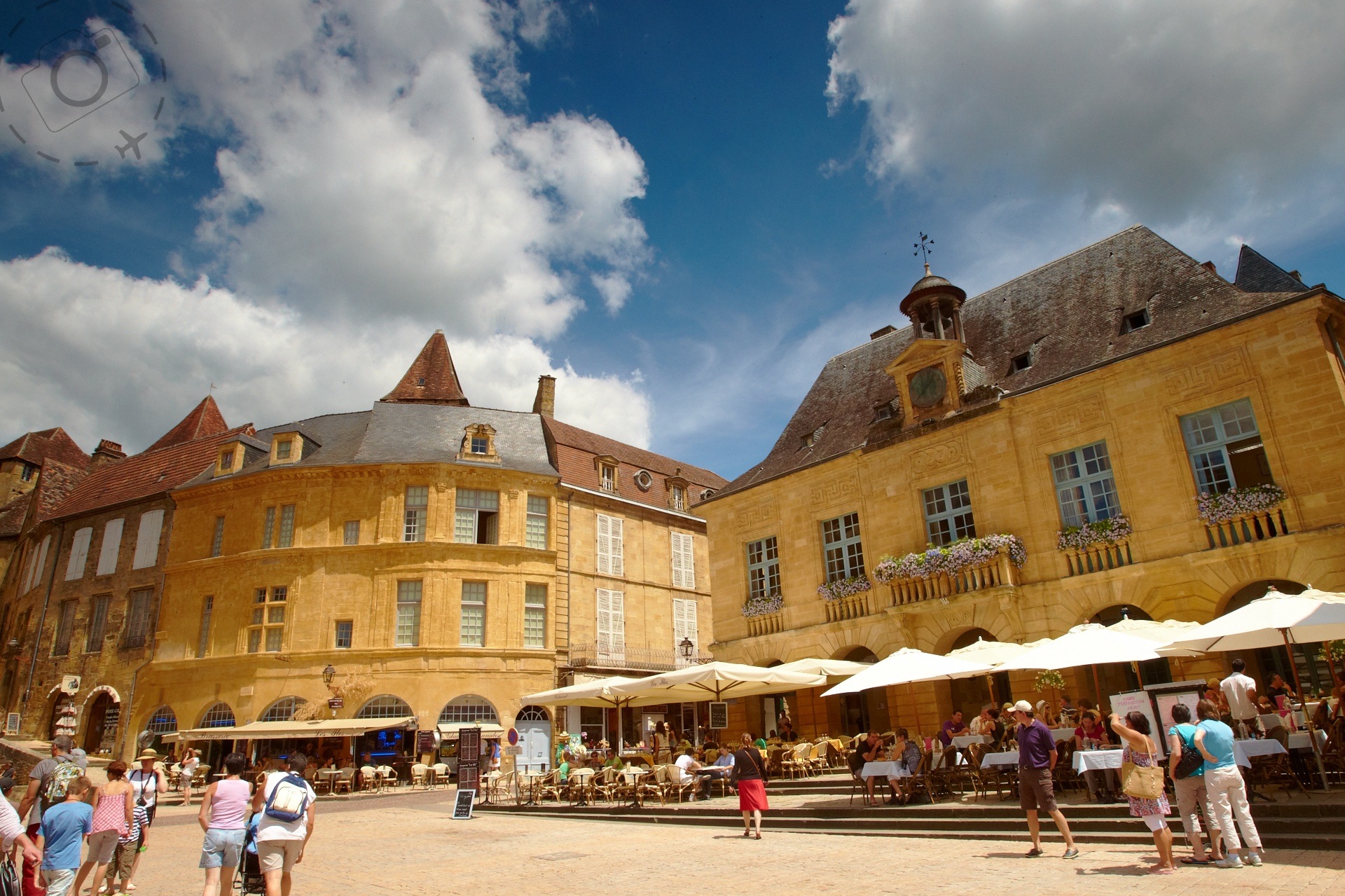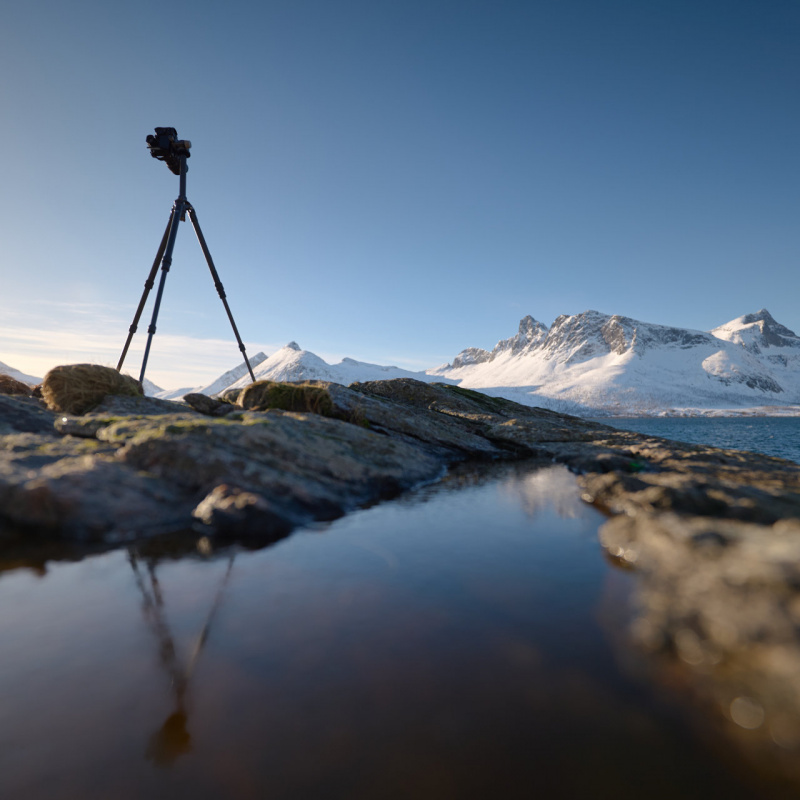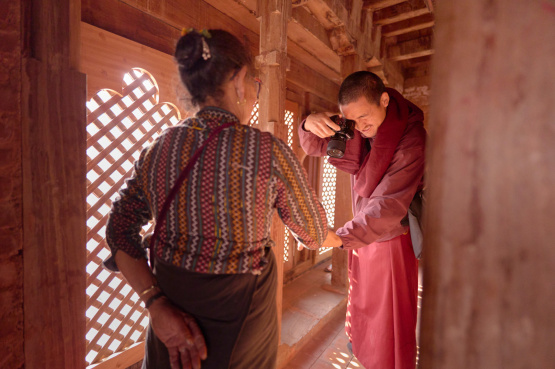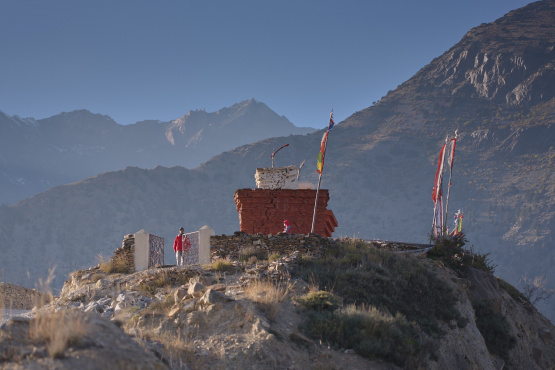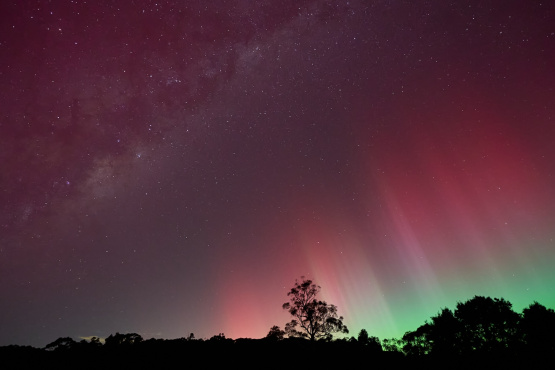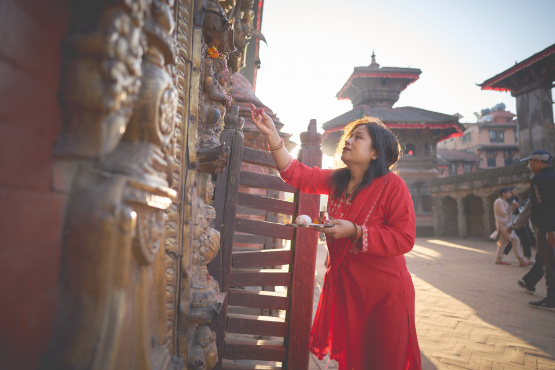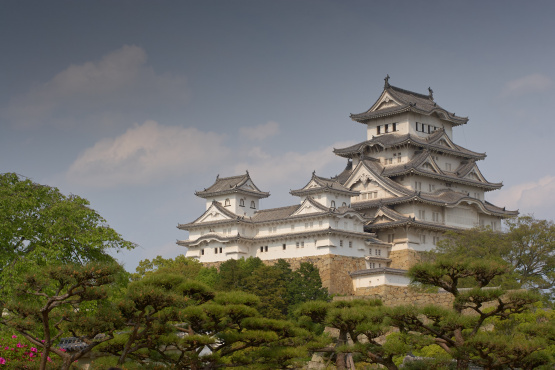Beautiful Towns
Dordogne is just brimming with lovely towns. Some are very small with a chapel and a few dozen houses surrounding, others are large with a pedestrian old town to help preserve the architecture. All of them have at least one if not a dozen chateaux to add a touch of elegance and grandeur to the location. Many towns are built on the apex of dramatic cliffs, hills or mountains which adds to their photogenic nature. The rural landscape between towns is just as much a highlight of Dordogne as the towns themselves, but harder to encapsulate in photos. Getting lost in the lanes and discovering a foie gras farm off the map is one of life's great joys.
See below for a list of the towns that make the Dordogne Valley especially photogrenic.
Summer Scenes
The good news about rural France in the summertime is the endless array of flowers, produce and poppies on display. In July you can already find a few massive fields of sunflowers with their brilliant yellow heads tilting in unison. Vineyards have grapes on the vines as well, small and growing but still pretty to photograph. Grape growers have to leave a field fallow for a year before replanting a parcel of land with new vines, so they sprinkle flower seeds into the fallow plots and you get massive carpets of colour to play with.
The hills are green, the fields are green, the trees are green.
You're more than likely to get plenty of direct sunlight, especially in the afternoons when the sun has burnt off the early cloud and haze. That summer sun is also very low to the north, so at lunchtime you're still getting some angle on the light that feels as though it's about mid-morning. You'll need a polarizer to make use of these midday mornings, but you can keep shooting into the day, take a break around lunchtime and wait until 5pm when the afternoon light is in position.
The downside to all these excessive daylight hours is you find the late evening light can keep going through to 9pm which is when you need to be at the hotel for dinner. And if you miss dinner then you rarely have a second option as even the local supermarkets are closed after 7pm and may not even be open on a Sunday. This is France.
Rural Goodies
Dordogne is one of the great culinary centres of France and the three stars of the region are Truffles, Foie Gras and Walnuts. In winter the truffles dominate local menus but in summer they are rare to find. Summer truffles are not a patch on the rich dark winter varieties. Truffles are not especially photogenic but the geese wandering in the fields at foie gras farms certainly are. Farmers are happy to show you their operation, right down to the dirty details of how they fatten the birds to induce the engorged liver. The expectation is that after your tour of the paddocks and pens you will purchase a few samples of the produce to take home.
Truffles may not be inspiring photographic subjects but the dishes presented at fine hotel restaurants are another matter entirely. The hotel rating scheme for France gives 4 stars for the best of the best, so any 3-star hotel is likely to have a special chef who wants to make his name in the game. I didn't make a feature of food often on my travels in France, mainly because I was usually too tired and too hungry when the plate hits the table. The other problem is that most restaurants are dimly lit for ambience. My favourite food photography during my travels were at outdoors locations over lunch when the light is good, the scenery is inspiring and the cuisine at touch modern.
Summer Sunrise
Long summer days do have a few notable drawbacks, not least of all are the sunrise conditions when I would normally get my best images. On warm mornings the horizon would usually be overcast, filtering the sun to a dull white ball. Sometimes for a bit of variety,we would have cold mornings in the deeper valleys near the Dordogne River and mist would roll through valley until mid morning. You can easily find yourself in the wrong place to use such mist for creative composition and miss out on your original idea for a morning shot. Most morning shots in my collection were taken between 10am and 1pm.
Summer in France means very long days and very short nights, so if you do stay up to catch the twilight or rise early for dawn you aren't getting a lot of sleep. You don't get really brilliant sunsets or sunrise events anyway, not with the drawn out days and slow horizons. Every now and then a bit of colour appears on some well placed clouds, but not often enough.
Deux Che Veau
These lovely old Citroën 2CVs are about as French as the baguette and not much bigger. Emissions laws in Paris have all but wiped them out of the city, except for a tour operator running sightseeing circuits around town in specially modified machines that conform to modern regulations. In the French countryside you still see a few of them, and they look absolutely fantastic. Those simple curves, bolted on headlights and the double-chevron proudly mounted on the grill add up to a bundle of character. I got a chance to photograph just two 2CVs during my travels, and only one of which was parked in way to allow me to compose a shot of the overall scene. I saw many more but usually driving past me in the opposite direction, or parked outside a Citroën dealer awaiting repairs.
Polarized
Of all the pieces of equipment I wish I didn't have to use the polarizer is top of the list. It adds contrast where you don't want it and distorts the balance of colours within the frame in ways that are not always desirable. But with such long summer days in France I found I had to use my polarizer to make use of the bright light and clear skies in the late mornings and afternoons. It's essential, not optional.
Towns of the Dordogne
The definition of what is or isn't in the Dordogne seems to be rather loose, and getting looser each time a neighbouring commune decides their truffles and towns need a bit of a boost in tourism. The heart of the region is really the Périgord Noir, where the town of Sarlat is a beautiful and comfortable base for exploring smaller villages, medieval chateaux and getting lost on small farming lanes. All roads lead back to a modest town of some sort and you quickly find once back on the major routes that you'll be keen to make a diversion that disappears into a shady forest or rolls through fields of sunflowers.
Sarlat
This is a major town that has retained much of its architectural style. The old town is cradled into a hillside so you have inclines and view points to aid composition. There is a lot to photograph in the town in the way of lanes, chapels and medieval facades. The tourist services are extensive in Sarlat, and so are the tourists. You can always get a meal at night and there are lots of great accommodation options around the edge of the town within walking distance.
sarlat-tourisme.com
Parking around town around €2 per hour.
Château féodal de Beynac
Beynac itself is a pretty enough town, etched into the side of a cliff along the Dordogne River and lit up in the afternoon light. The castle above the town is spectacular, a fortress of stone with stunning views across the surrounding farmland. Beynac is located on a bend of the Dordogne River and from the castle the view south looks onto two more chateaux at Faynac and Castlenaud further down stream.
cc-perigord-noir.fr
Entrance fee of €7.50
Les Jardines de Marqueyssac
This beautifully restored 17th century chateau looks deceivingly simple as you drive up to the carpark and walk to the entrance gate. On the far side of the hill is a sudden cliff-edge with a manicured box-hedge garden hugging the terrain. The viewpoints are fabulous although not necessarily photogenic, with views to three nearby chateaux around the valley and the town of La Roque-Gageac. The box-hedges themselves are very pretty in the early morning light and there's ample subjects around the restored chateaux to kill a few hours. On a very misty morning you might be lucky enough to find only the Marqueyssac and the Chateau de Beynac pop out from the layer of white. The gardens will be closed that early but you can still shoot from outside the gardens with views to Beynac and the castle.
marqueyssac.com
Entrance fee of €8.50
Canoes and Views
The towns of Domme and La Roque-Gageac are popular with tourists and the ratio of architecture to souvenir shops is a little testing. I liked the views from Domme in the morning, and the view of La Roque-Gageac in the early light as well. This section of the Dordogne river is also popular with canoe rentals, which is another great option for photographers looking for a unique angle and time enough to take shots. You drive upstream to villages such as Castlenaud, spend the afternoon paddling downstream to Beynac and then get driven back to your car at the other end. Every tourist office in the region has details for canoe operators.
See Le Lot
Next door to Périgord Noir is the Department of Le Lot, and they have a few nice towns as well. Most famous of all is Rocamadour which has been the sight of Christian pilgrimage for centuries. It's a dramatic sight in the mornings (sounds like repetition I know but it seems the best chateaux in the region were always designed to greet the morning light) with cracker views down to the town and the castle from the designated view points near the carparks. The walk down through the pilgrims way and into the sanctuary also offers fascinating subjects to photograph. Further afield from Rocamadour are two quiet little towns that make the list of France's most beautiful villages. Loubressac and Autoire are charming but not compelling for the photographer. They have lovely aspects and elements but are no slam dunk if you're looking quintessential scenes of the Dordogne region.
tourisme-lot.com
rocamadour.com
Northern Exposures
Dordogne is a broad designation for tourism purposes and further north of Sarlat are a few towns worth a closer look if you have time. Collonges de Rouges is a small but pretty little town that has embraced tourist crowds who come to admire the red coloured stone from which the town is built from. It is pretty for a lunch stop but not necessarily compelling for photographers. Further along the road Curemonte is less touristy and less interesting but worth a stop if you're passing through.
The highlight of this patch of the Périgord is Turenne which boasts a massive chateaux high on a peak with commanding views across the town and valley. The village rises up from the green hills very abruptly and makes for great photos when the sun is out. There's also a charming Chambre d'Hôtes just out of town hidden off one of the farming lanes. Domaine de Coutinard has rooms for just €51 a night, has a thousand lovely photos to shoot on the property itself and comes with early morning views of Chateau de Turenne.
Head further north still to the town of Hautefort where the chateau has been restored inside and out to its former glory. No photos of the interior unfortunately, but the morning gives lovely scenes of the flower garden and facade if you're after something aristocratic for your collection. Brantome is also noted in many travelogues but fails to impress the camera with such a vast flurry of tourists and signage around what was once a gorgeous town surrounded by a bend in the river. Further along the road the small village of Bourdeilles has a lovely afternoon shot of the town bridge with the castle in the distance, plus a lovely 3-star hotel and restaurant called Hostellerie Les Griffons serving food good enough to photograph.
chateau-hautefort.com
collonges-la-rouge.fr
chateau-turenne.com
Enjoy my photo essay on this region here:
https://ewenbell.com/editorial/Ducking+About+Dordogne

Keep Reading
Join Ewen's newsletter for monthly updates on new photography articles and tour offers...Subscribe Here

